In remembrance of Queen Elizabeth II, we took a look through the culture archives and put together a list of some of Britain’s most iconic cheeses. From the well-known Stilton to the Wallace and Gromit approved Wensleydale, these are the eight cheeses you need on your British-themed cheeseboard.
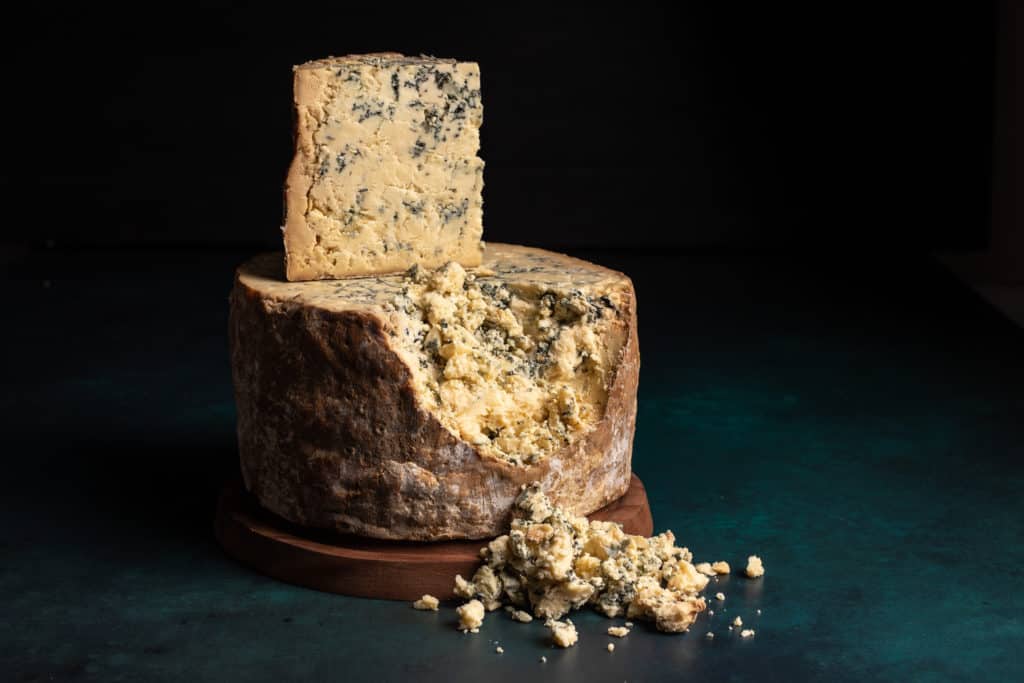
Stilton
Colston Bassett Dairy Ltd., Nottinghamshire, England, Pasteurized Cow’s milk
Stilton has been produced for around 250 years, and was given Protected Designation of Origin (PDO) status in 1996. Colston Bassett Stilton is made from pasteurized cow’s milk per PDO requirements, then hand-ladled into molds and pressed before being aged for a minimum of eight weeks. The addictively fudgy paste offers a deep creaminess with herbaceous notes and a signature yet subtle blue tang.
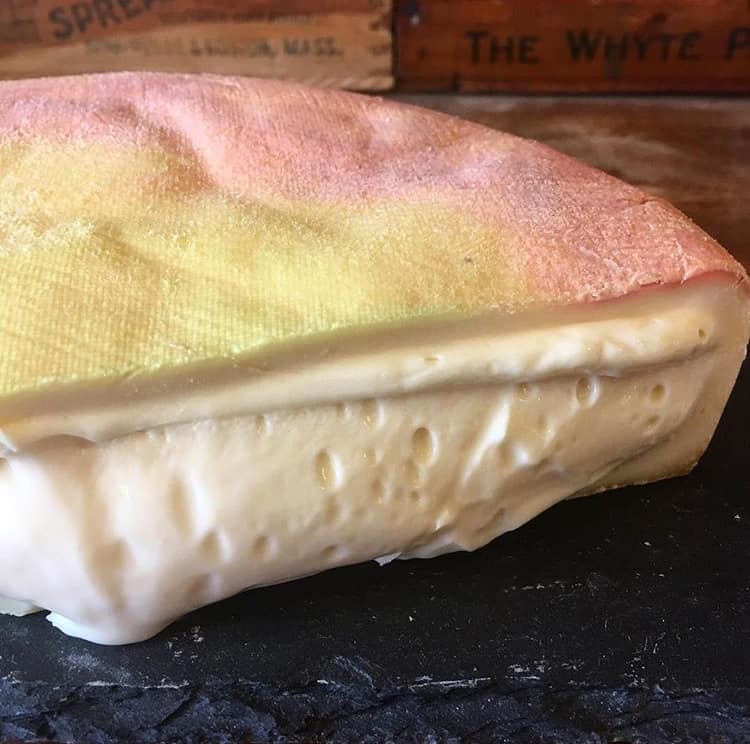
Stinking Bishop
Charles Martell, Gloucestershire, England, Pasteurized Cow’s Milk
Yes, this is the cheese that revived claymation hero Wallace from his fainting spell in that Wallace & Gromit film—but the beloved British washed-rind dates way back before the release of The Curse of the Were-Rabbit. It’s based on a very old recipe for a wheel made by Cistercian monks who once lived on the same land as modern-day Hunts Court Farm, where it’s made today. Cheesemaker Charles Martell added a twist to the original recipe, however: He uses perry cider to wash the wheels, giving them a distinctive aroma.
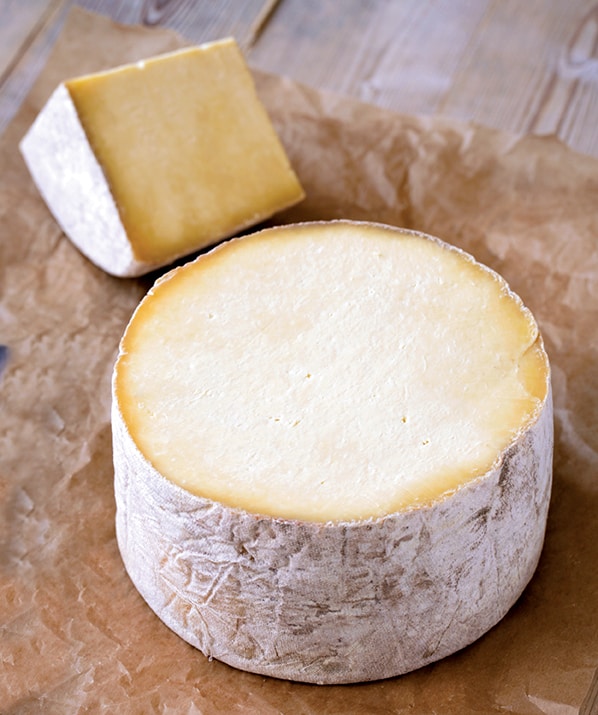
Wensleydale
Wensleydale Creamery, Yorkshire, England, Pasteurized Cow’s milk
Traditional Wensleydale has always been produced in Yorkshire, located in the north of England, a hilly region often referred to as the Dales. In the early 1900s there were hundreds of farms in the valleys and the when the creamery at Hawes was set up in the 1930’s, it was one of the first factories in England to collect milk from many farms and make cheese centrally.
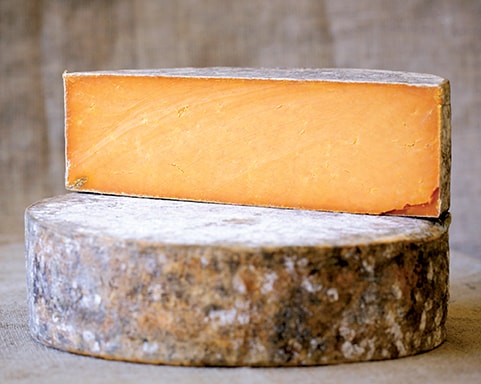
Red Leicester (Sparkenhoe)
Leicestershire Handmade Cheese Company, Leicestershire, England, Unpasteurized Cow’s milk
Sparkenhoe is a farmstead cheese produced by David and Jo Clarke, to a traditional recipe using the farm’s raw cow’s milk. The cheeses are a traditional shape, being made in large wheels of 22lbs. and 44lbs. Wheels are bound in cloth, larded and matured for 4 ~ months in the store at 50°F. Flavors are deep, full, pleasing and are balanced by a citrus tang that lingers through to the finish
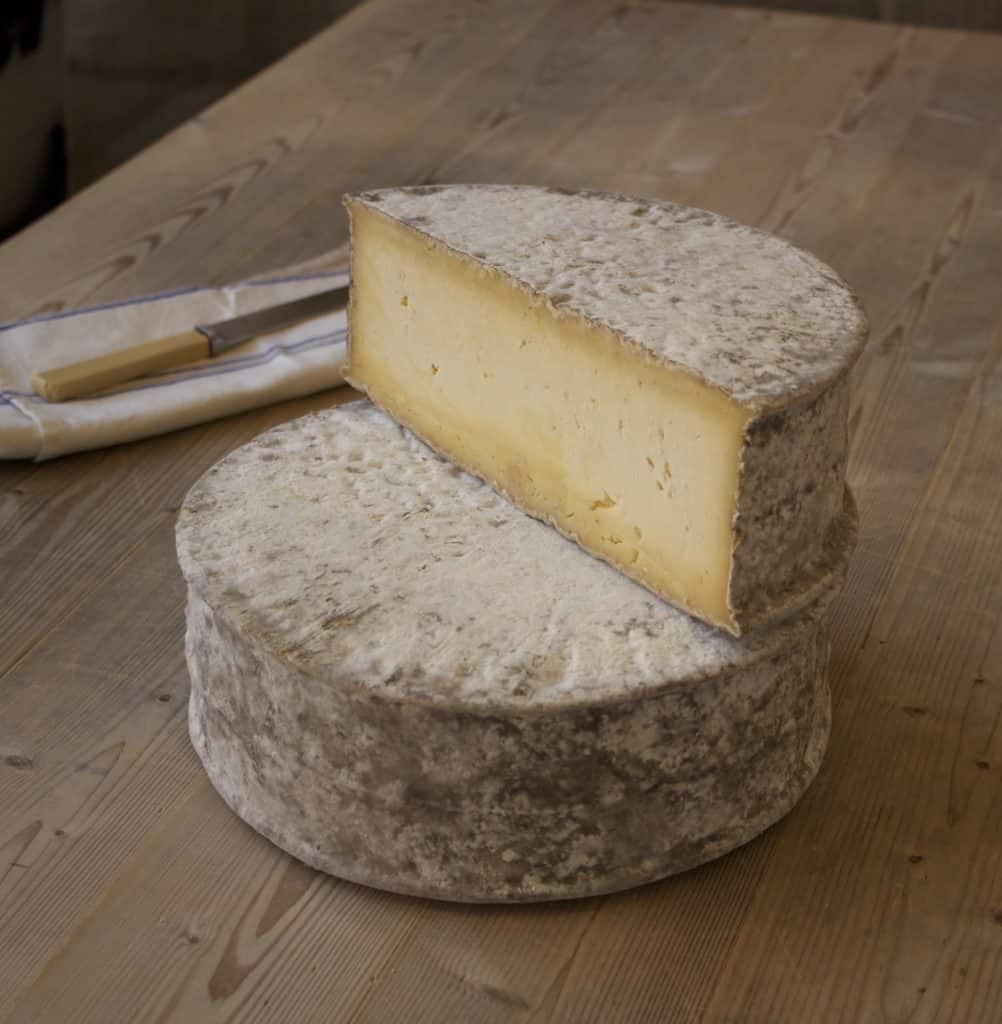
Gorwydd Caerphilly
Trethowan Brothers, Somerset, England, Unpasteurized Cow’s milk
Three distinct textures and flavors run through Gorwydd Caerphilly. The rind of the cheese is covered in grey-brown molds, can be quite dense, and has distinctly earthy flavors. Just under the rind, there is a layer (that should never extend more than about one inch into the cheese), which is quite mushroomy. Finally, the center of the cheese is slightly chalky and open with hints of milk and citrus.
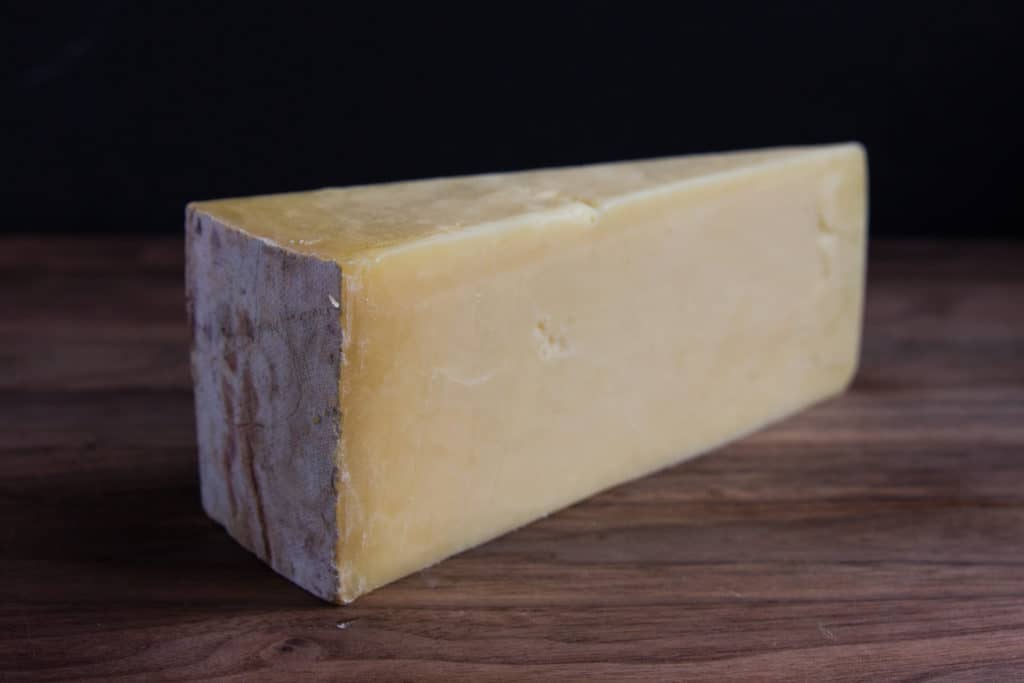
Montgomery’s Cheddar
Montgomery’s Cheese, Somerset, England, Unpasteurized Cow’s milk
Made from raw cow’s milk, Montgomery’s cheddar is produced to a very traditional recipe and, for many, has become the “benchmark” English farmhouse cheddar. Montgomery’s cheddars are usually matured for between 12 and 14 months before release. At this stage, flavors are rich, meaty and robust with sweet – almost caramelized – fruity notes. The occasional wheel presents itself as being suited to aging for 18 months, when the texture is slightly drier and flavors become sweeter and reminiscent of nuts.

Single Gloucester
Smart’s Farm, Gloucestershire, England, Pasteurized Cow’s milk
Single Gloucester is one of the few cheeses that has attained PDO (name protected) status in the United Kingdom. Requirements for this are that the milk come from the heritage breed of Gloucester cows and that the cheese is produced to the traditional, Single Gloucester recipe within a designated area. Smaller, crumblier and milder than the better known Double Gloucester, Single is more economical to make and is produced from the lower fat milk from the evening milking, together with a small amount of whole milk from the following morning’s milking.
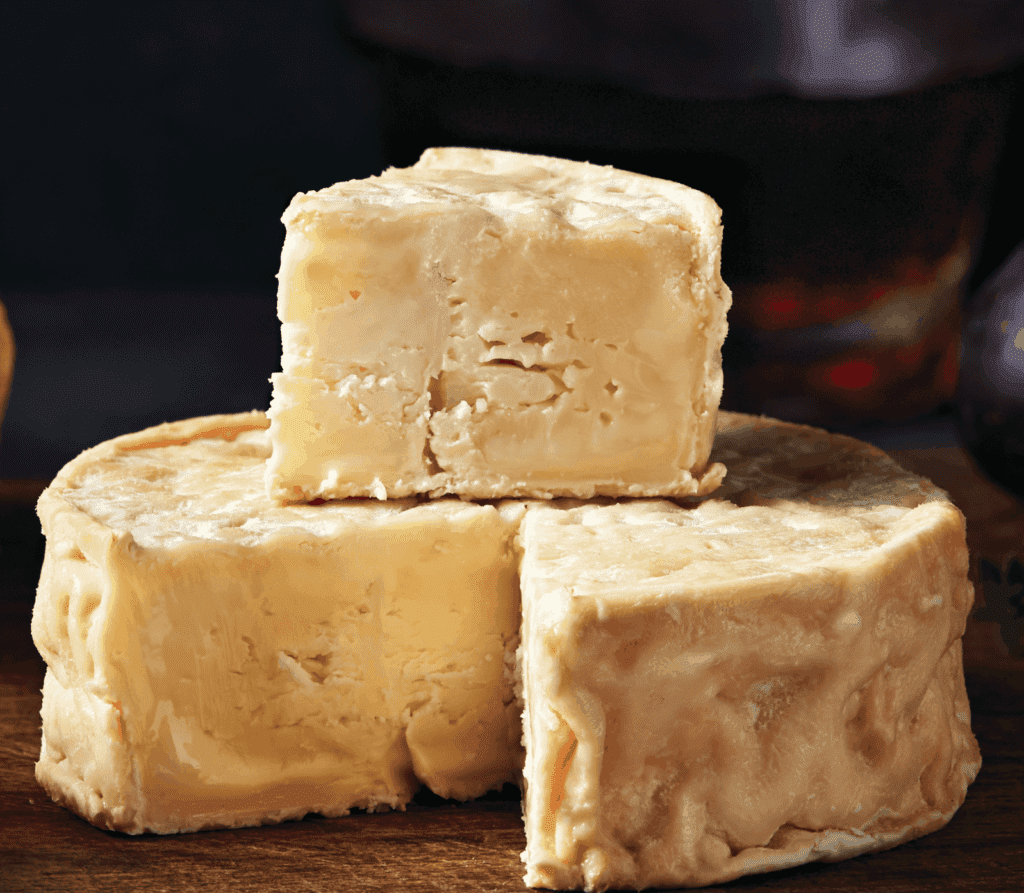
Renegade Monk
Feltham’s Farm, Somerset, England, Pasteurized cow’s milk
This washed-rind cheese bucks all British norms. It’s an amalgamation of the continental cheeses maker Marcus Fergusson admires, with the edginess of Époisses, the creaminess of Camembert, and the languid tang of Gorgonzola Dolce. Fergusson adds blue cultures to pasteurized milk, hand-turns the curds, and then salts and pierces them with a bespoke German tool so the holes reseal quickly, rendering the finished cheese veinless. As it cures for four weeks, the cheese is washed in local ale. Finished Renegade Monk varies based on when it is eaten. Younger rounds sport honey yellow rinds and firm, comparatively mild centers. As the sell by date nears, the rind carries a scattering of mold, the core flows and the taste is boldly pungent.



